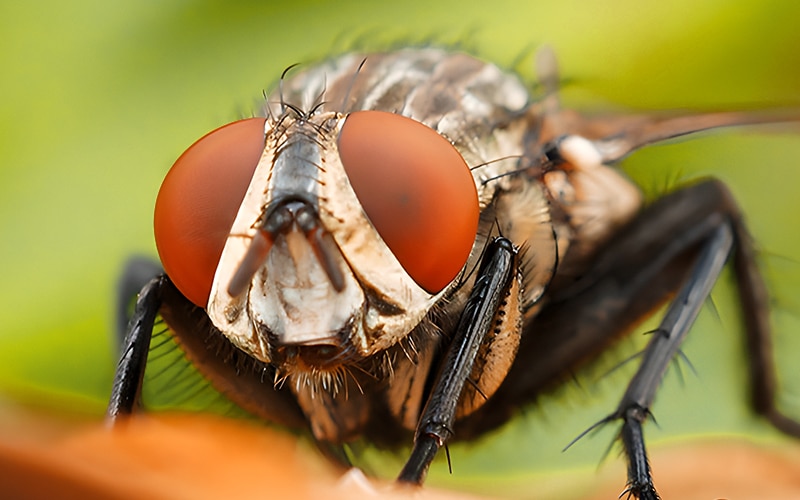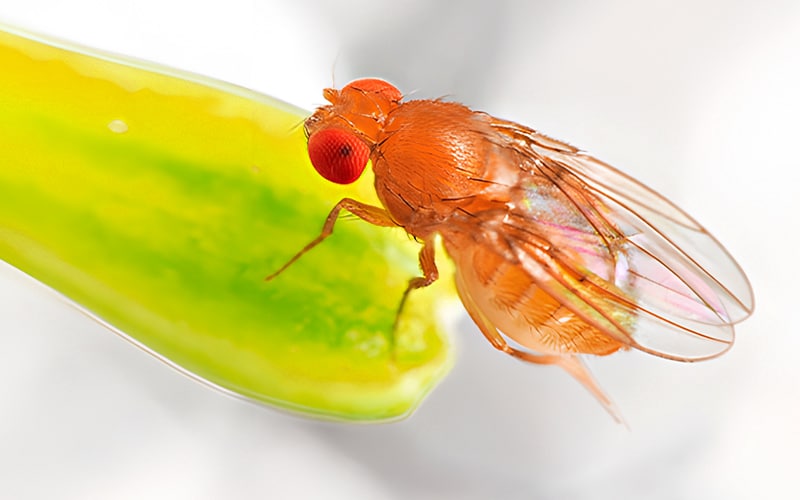Insect Protein Expression
QYAOBIO provides different insect protein expression for customers in worldwide
The insect cells have high level protein expression with modifications, which is similar to mammalian systems. These systems can scale up easily and adapt to high-density suspension culture for large-scale expression of protein, this is more functionally similar to native mammalian protein.
Although the production yield of recombinant baculovirus can reach to 500mg/L, it is time consuming, and more challenging than prokaryotic systems. There are several systems to produce recombinant baculovirus, which is applied to express required protein in insect cells.
Characteristics of Insect Expression
Comparing to bacterial and yeast cells, insect cells are higher level eukaryotic systems. Similar to mammalian cells, insect cells are capable to express large quantities of recombinant proteins with correct folding and high order posttranslational modifications (PTMs). Such as some human proteins, which are unable to produce in bacteria protein expression.
Baculovirus expression vector system (BEVS) is a powerful expression tool for target genes in insect cells, like SF9, SF21. It is ideal for large-size protein expression, due to BEVS can incorporate into DNA fragments without size restriction. Baculovirus systems also have high-yield production, because the incorporation of multiple gene copies.
Insect cells can co-express more than one exogenous gene simultaneously, this enables the express of multi-protein complex. Which is the efficient way in research of protein interaction networks. In addition, insect cells are recognized for membrane protein production. Membrane proteins are expressed and purified in insect expression system, with structural and functional integrity.

There are two common insect cells applied in protein expression:
- Spodoptera frugiperda cells (Sf9 and SF21 cell lines) are applied in biochemical research for recombinant protein expression using baculoviruses.
- Drosophila melanogaster cells is the most widely applied and genetically known of all eukaryotic organisms.
The key features of insect expression systems:
- Membrane protein expression
- Large-size protein expression
- Multiprotein complex production
- Stable cell line construction
Advantages of BEVS
Baculovirus expression vector system (BEVS) has been widely applied in the produciton of recombinant proteins in insect cells. It is a powerful eukaryotic expression system with various advantages:
- Insect cells as higher eukaryote cells for proper post-translational modification
- Huge and flexible viral genome (130kb) result in high capacity for multiple genes or lager inserts
- High bio-safety due to baculovirus naturally cannot infect humans
- Strong promoter polyhedron and high titer enable large-scale protein expression
- N- and C-Terminal tag for easy purification
- Removal of N- and C-terminal tags for native proteins
- Capacity to express large inserts and unspliced genes
- Simultaneous expression of multiple genes
Disadvantages of BEVS
Although BEVS provides multiple advantages for protein production, we also need to overcome the disadvantages as following:
- Baculovirus infection will ultimately results in cell death and lysis in a few days, due to the comprise of post-translational machinery and secretory pathway
- The glycosylation in insect cells are different from mammalian cells in many aspects
- Inefficiency to proper proteins (initially synthesized as large inactive precursor proteins)
Multiple Insect Cells
QYAOBIO provides different insect cell lines to adapt serum-free suspension culture. Our pre-adpated cells wil save significant time time and expense associated with the adaptation of cultures.

SF9 Insect Cells
SF9 cell lines are the clonal isolation from the parental Spodoptera frugiperda cell line IPLB–21-AE. SF9 cells are adapted for suspension culture in ESF 921 or ESF AF, and commonly applied for recombinant baculorival stock and recombinant proteins.
Characteristics:
- Available for a variety of recombinant proteins
- Good growth in adherent/suspension cultures
- Small/regular size generate mono-layers and plaques
SF21 Insect Cells
SF21 cell lines are derived from ovarian cell of Spodoptera frugiperda. These cell are adapted for suspension culture in ESF 921.
Characteristics:
- Available for a variety of recombinant proteins
- Good growth in adherent/suspension cultures
Tni Insect Cells
Tni cell lines are derived from ovarian cells from Trichoplusia ni. Tni cells are adapted fro suspension culture in ESF 921 or ESF AF.
Characteristics:
- 5-10 time as much proteins as Spodoptera cell lines
- Good growth in adherent/suspension cultures
S2 Insect Cells
S2 cell line is derived from the primary culture of Drosophila melanogaster embryos in late stage of 20-24 hours. These cell are adapted for suspension culture in ESF 921.
Characteristics:
- Available for a variety of recombinant proteins
- Good growth in adherent/suspension cultures
Different Insect Expression Systems
Insect cell provides various advantages in protein express, such us high levels with osttranslational modifications, ease of scale-up, simplified cell growth, high-density suspension culture for large-scale. Baculovirus expression systems are powerful and versatile system in insect cell expression systems.
Call Us
+86(021)-50795728
+86(027)-60707970
